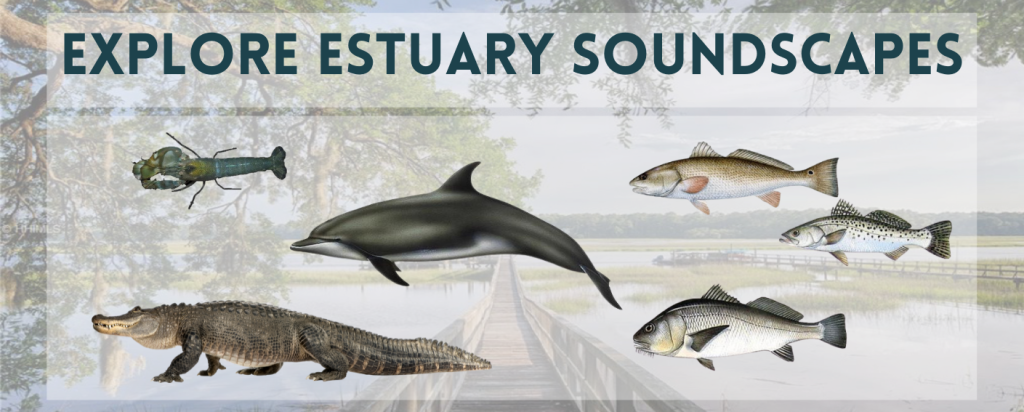
Ever wonder what a bottlenose dolphin sounds like when whistling? Or what a manatee call sounds like? A new SECOORA webpage allows you to listen to a variety of marine animal sounds – including bottlenose dolphin – from South Carolina.
These sounds are captured by passive acoustic recorders deployed by Dr. Eric Montie and his team from the University of South Carolina Beaufort. Passive acoustic recorders allow continuous and long-term sampling of the underwater soundscape. These recordings provide information on the behavior of marine life and noise levels associated with human activity.
Access the Data
The new sound webpage is easy to use. Click on a species and select a timeframe to hear the species’ behavior. For example, you can listen to an Oyster Toadfish and hear the behavior of calling, grunting, or chorusing at different times.
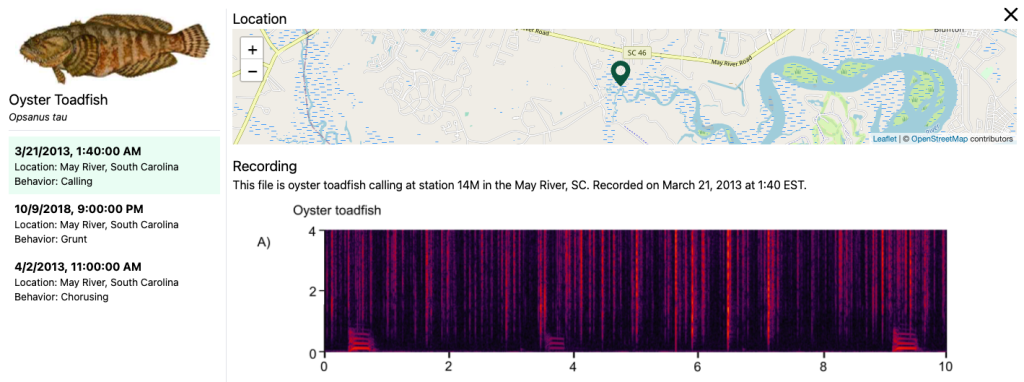
Below are the species sounds available to “hear”:
- American Alligator – Alligator mississippiensis
- Snapping Shrimp – Genus Alpheus and Synalpheus
- Oyster Toadfish – Opsanus tau
- Right Whale – Eubalaena glacialis
- Bottlenose Dolphin – Tursiops truncatus
- Atlantic Croaker – Micropogonias undulatus
- Black Drum – Pogonias cromis
- Red Drum – Sciaenops ocellatus
- Silver Perch – Bairdiella chrysoura
- Spotted Seatrout – Cynoscion nebulosus
- Weakfish – Cynoscion regalis
- Manatee – Trichechus manatus
Why collect sound data?
The long-term goal is to ‘eavesdrop’ on key behaviors of marine animals that can change rapidly or gradually in response to environmental changes and human impacts. Sound can provide a measure of resilience or shifting baselines in a globally changing environment.
Information is used to understand animal responses or resilience to various stressors such as vessel noise, underwater construction, chemical pollution, harmful algal blooms, extreme weather events like hurricanes and floods, and long-term impacts related to climate change.
Related news
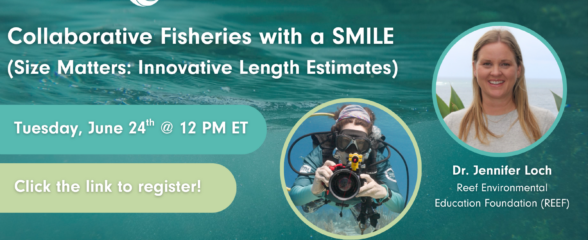
SECOORA Webinar: Collaborative Fisheries with a SMILE (Size Matters: Innovative Length Estimates)
On Tuesday, June 24th at 12 PM ET, Dr. Jennifer Loch from Reef Environmental Education Foundation (REEF) will discuss the SMILE (Size Matters: Innovative Length Estimates) project as part of SECOORA's Coastal Observing in Your Community Webinar Series.
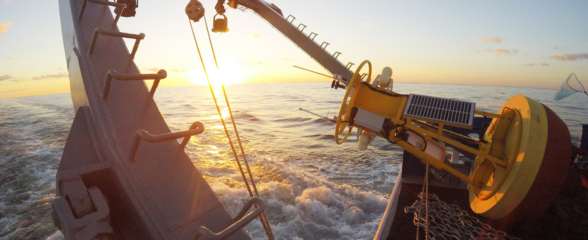
Funding Cuts to NOAA IOOS Will Hurt the Southeast
Proposed federal funding cuts would eliminate the IOOS Regional Observations budget for next year. Contrary to the budget Congress has already approved for this year, the Executive Branch wants these proposed cuts to go into effect in 2025.
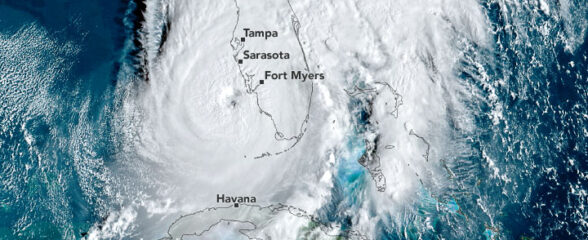
SECOORA Webinar on the Rapid Intensification of Hurricane Ian: Warm Subsurface Water on the Wide Continental Shelf
Join us Thursday, April 24th at 12 PM ET for the April installment of the SECOORA Coastal Observing in Your Community Webinar Series! This month, we will hear from Dr. Yonggang Liu from the University of South Florida. He will discuss his research on the rapid intensification of Hurricane Ian in relation to anomalously warm subsurface water on the wide...